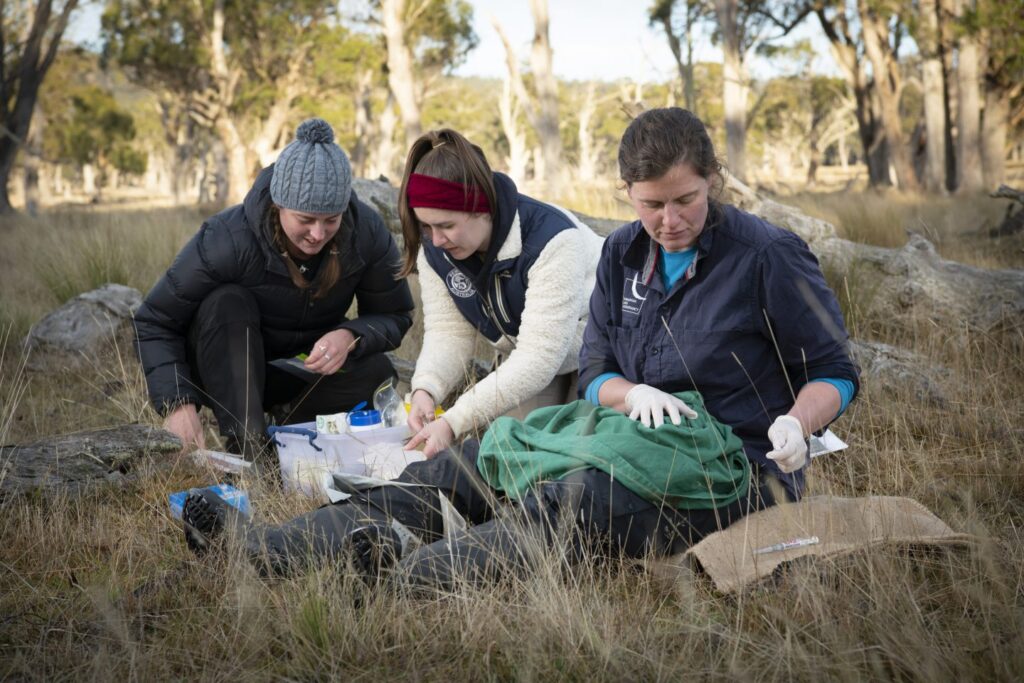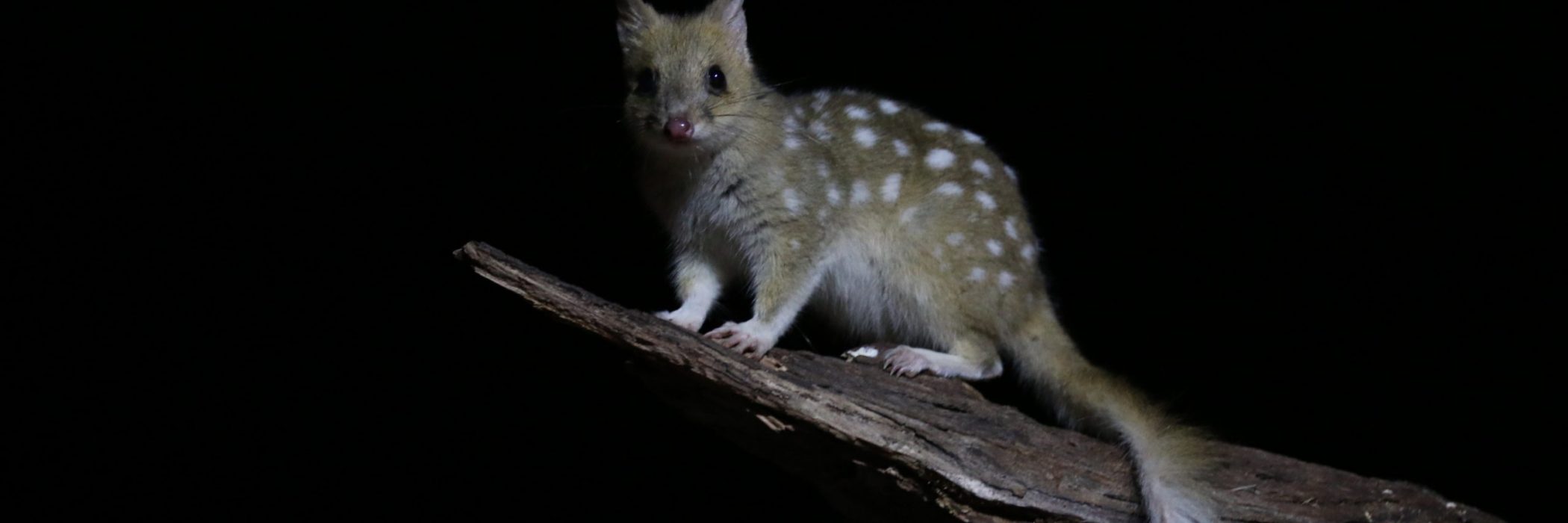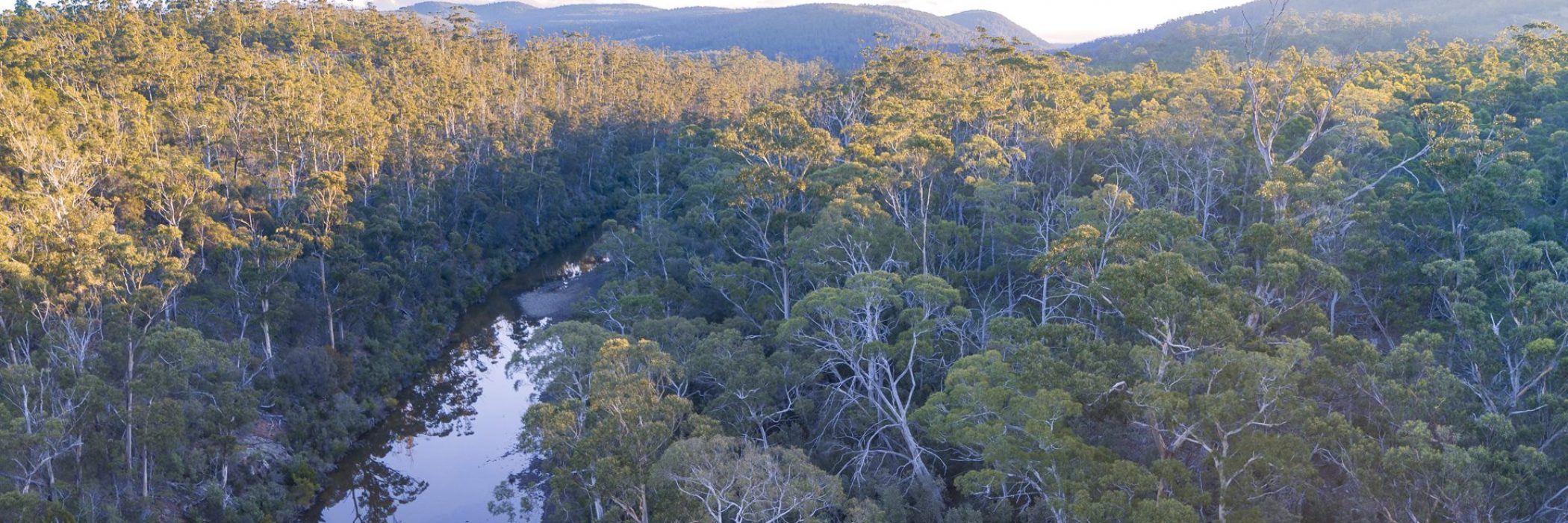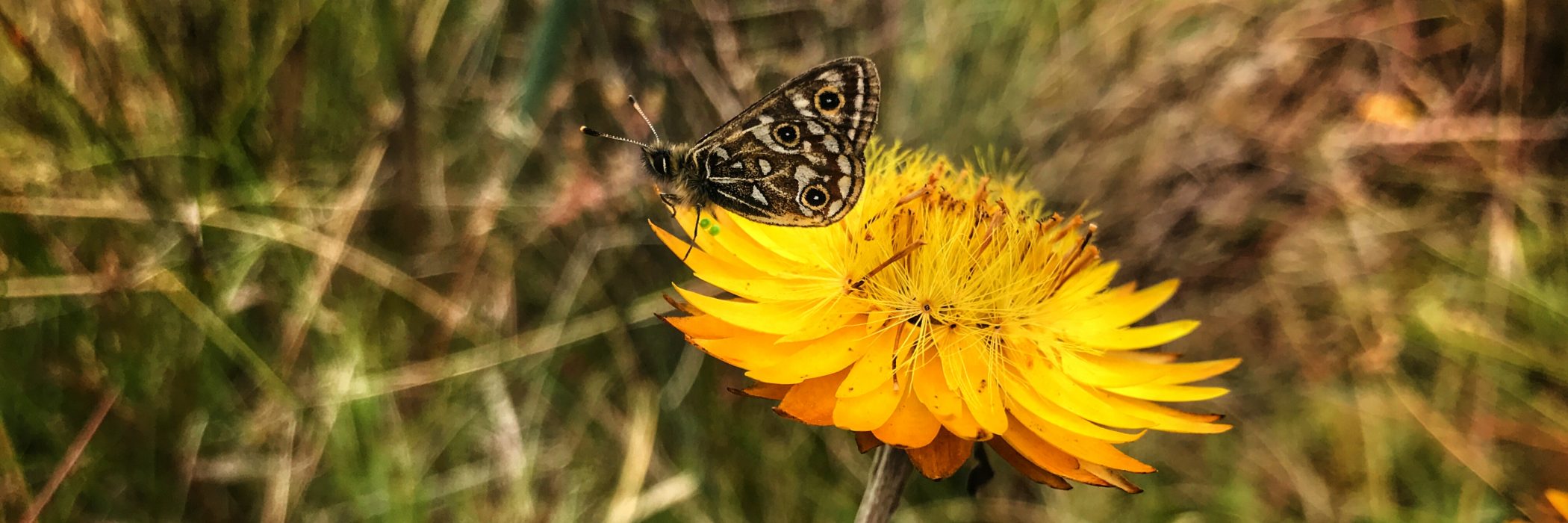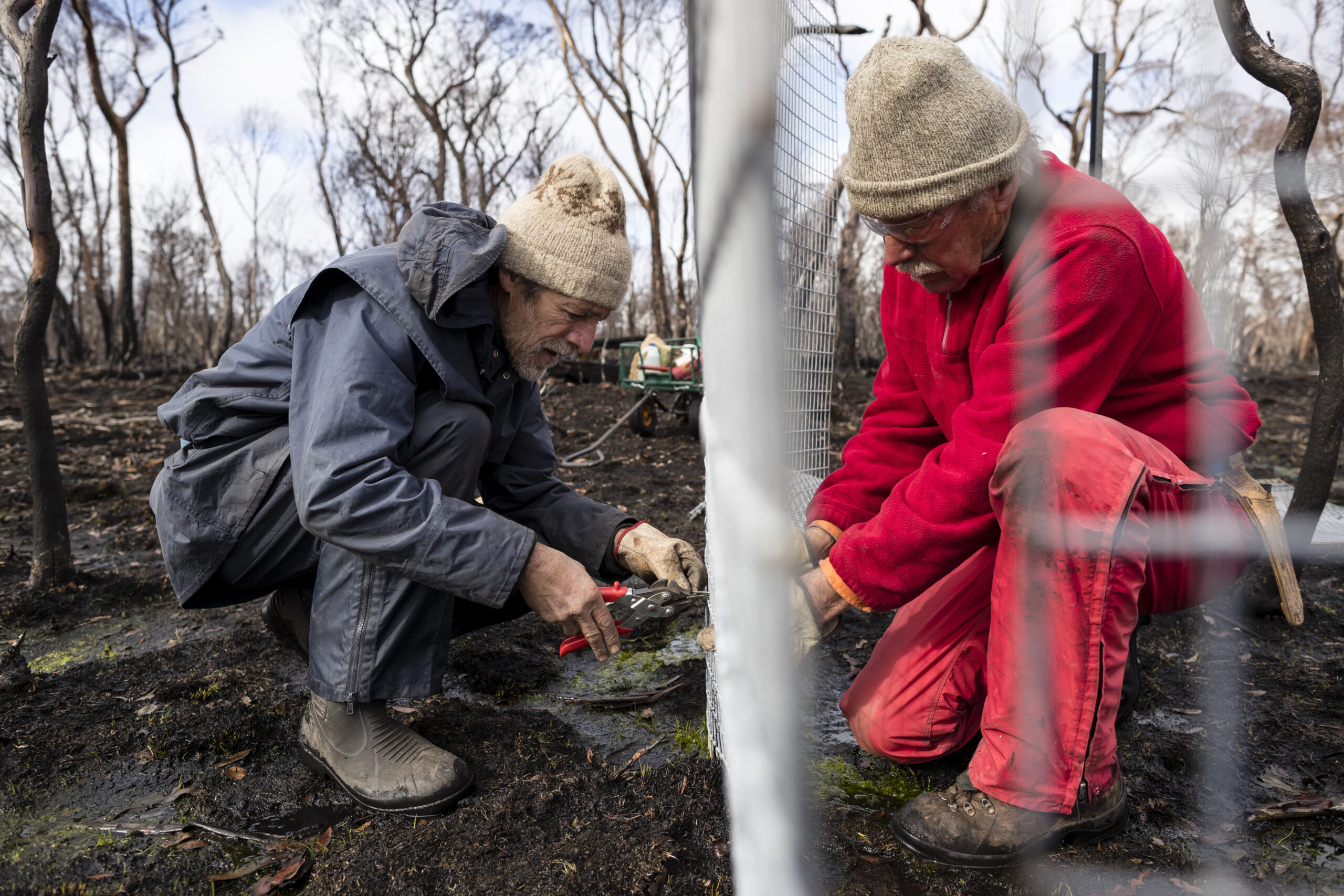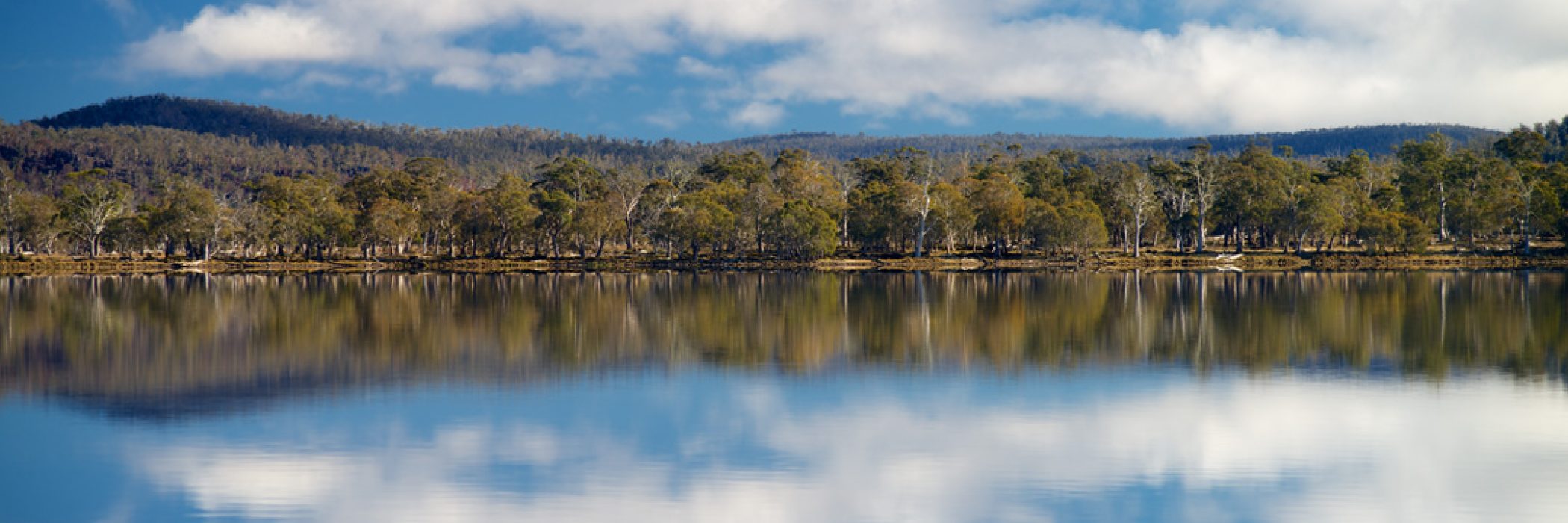The TLC fosters new research and partnerships to better understand natural values and how ecosystems function.
The TLC’s reserves are home to an exciting range of unique plants, animals and ecosystems that attract scientific interest from around the world. By establishing question-driven research projects, maintaining our long-term ecological monitoring sites, fostering new research ideas and partnering with others, we aim to better understand these natural values, how they function and how best to manage them. Read on or click on the links below for examples of how we are collaborating with others and establishing our own research to answer our applied conservation questions.
TLC’s Central Highland reserves give scientists a good opportunity to study the long-term effects of climate change in alpine ecosystems. TLC’s Silver Plains property currently hosts long-term monitoring infrastructure that contributes to the Australian Mountain Research Facility (AMRF)’s national Australian Mountain Observation Network. These sensor arrays provide data on the response of changing alpine climates, and include climate manipulation experiments. We look forward to the next site being established at Five Rivers Reserve to contribute to this national research. Read more about the project established in 2019 on TLC land led by UTas’s Professor Mark Hovenden and ANU’s Dr Zach Brown.
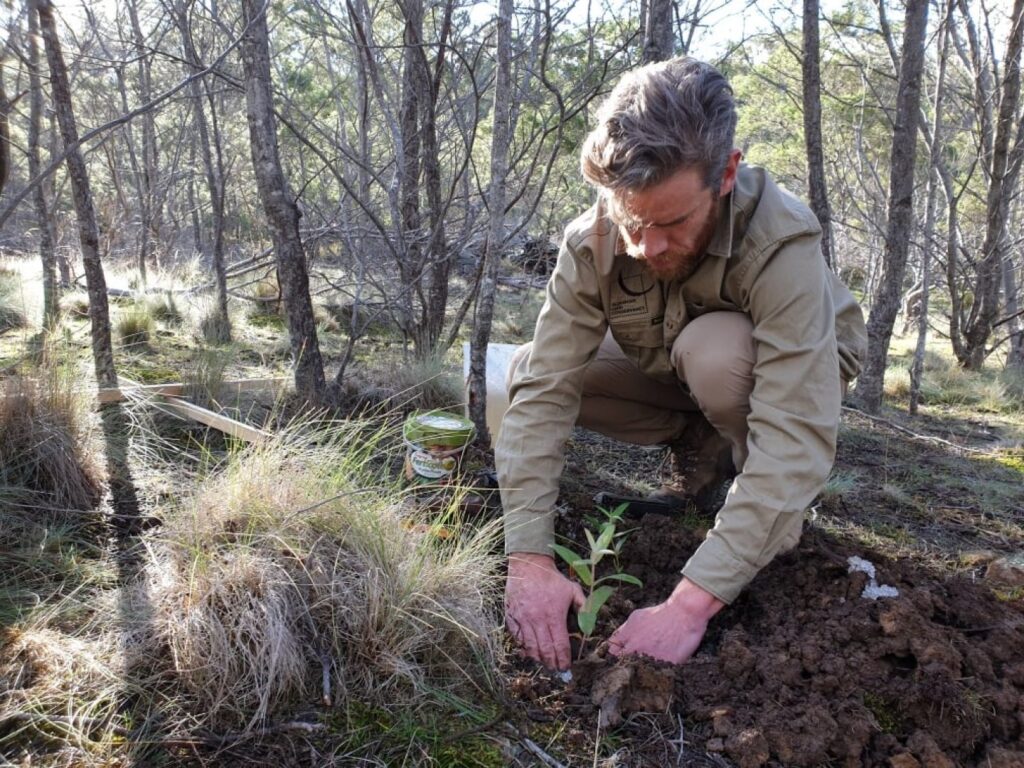
TLC also hosts A20, the Australian Acoustic Laboratory, which has four acoustic sensors at Five Rivers Reserve. The A20 project is building an Australia-wide network of approximately 400 sensors that are recording continuous soundscapes across all sorts of landscapes, providing publicly available data. An example of how the data has been used is Hoot Detective, where citizen scientists were asked by Queensland University of Technology to identify owls in the audioscape – confirming masked owls at Five Rivers Reserve.
The TLC Science Team and collaborators from a range of different research, non-government and government organisations have been working closely together at TLC’s Silver Plains to investigate whether supplementation of eastern quolls populations in Tasmania can halt the decline. Read more our work to secure this threatened species on our reserves.

TLC’s research collaborations with BushBlitz have greatly expanded our knowledge of the lesser-known cryptic species on our reserves at Five Rivers, Skullbone Plains Vale of Belvoir and Silver Peppermint and have discovered many species completely new to science.
The extraction of sediment cores from well below the surface of The Big Punchbowl Reserve and Skullbone Plains Reserve are helping to explain their long history of fire over the last glacial period to the present time.
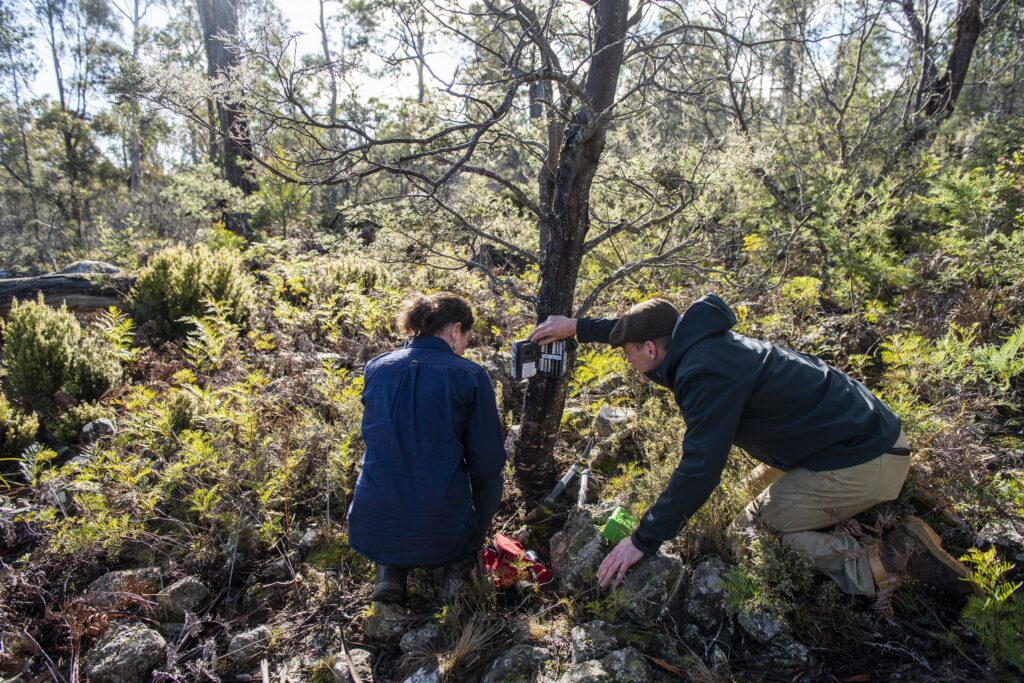
The TLC’s carnivore monitoring program on the Five Rivers Reserve is tracking population trends of Tasmanian devils, eastern and spotted-tailed quolls and feral cats and building a picture of the close ecological association between these four mammalian predators. Whether using sophisticated cutting-edge technologies or tried-and-tested techniques we aim to learn more, apply this information and ultimately better manage these irreplaceable places into the future.
Some of our current projects are showcased below or have already generated reports and publications. New ideas are constantly emerging which might capture your imagination.
